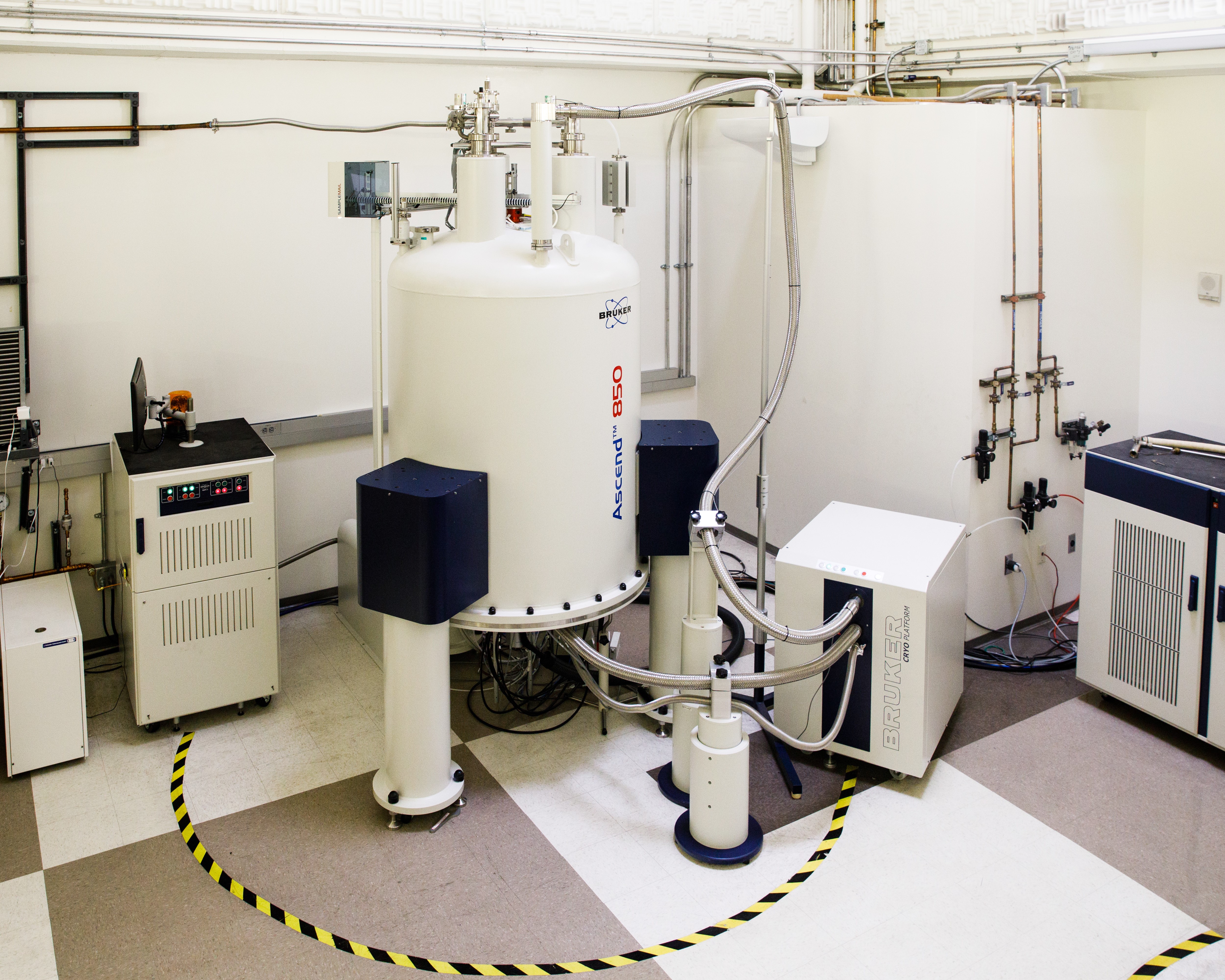

Welcome to the ASU Core Facilities Newsletter. We are ready to support all your research goals. Please follow our LinkedIn page for additional resources and community information.
Core of the Month: Magnetic Resonance Research Center

The Magnetic Resonance Research Center (MRRC) at Arizona State University (ASU) serves as a prominent resource in the southwestern region for studying and determining the structure of proteins, DNA, biomolecules, chemical compounds and solid materials using nuclear magnetic resonance (NMR) techniques. The MRRC actively promotes collaborative research and provides training opportunities in the field of NMR/MRI, spanning diverse disciplines. It places particular emphasis on projects that intersect molecular medicine, bioengineering, bio-inspired chemistry and physics, as well as materials research. Moreover, the MRRC is designed to accommodate the expanding demands for NMR/MRI research capabilities, catering not only to ASU but also to regional research institutions.
How our NMR techniques advance research.

Magnetic Resonance Research Center Featured Instrument:
Our Bruker 850 MHz Nuclear Magnetic Resonance (NMR) spectrometer is ideal for biological macromolecular structure and dynamic investigations of proteins, membrane proteins, nucleic acids, glycans and biomolecular complexes. The heart of this NMR is a 20 Tesla superconducting magnet. The high magnetic field strength and cryogenically cooled probe enhance resonance dispersion and sensitivity to extend the upper limits of macromolecular size for atomic level details on structure and dynamics of biological macromolecules and complexes.
How this instrument supports ASU research.
Publications
The Critical Role of DNA Flexibility in Mutation Repair Efficiency
Researchers from ASU's School of Molecular Sciences and Core Facilities, along with scientists from the University of South Florida, published this paper "The Critical Role of DNA Flexibility in Mutation Repair Efficiency" in Nature.
Researchers at ASU and USF identified the critical role of DNA flexibility in mutation repair efficiency. NMR spectroscopy, fluorescence kinetics, and molecular dynamics simulations collectively reveal that DNA flexibility directly dictates the efficiency of enzyme UNG in repairing uracil mutations in DNA. More specifically, the two bases that directly surround the lesion have the greatest impact on DNA flexibility and, consequently, DNA repair.
Preventing H2S poisoning of dense Pd membranes for H2 purification using an electric-field: An Ab initio study

High purity hydrogen is required across the energy, chemicals, and semiconductor processing industries and the current multi-step pressure swing adsorption processes are both high cost and inefficient. Dense palladium membranes are highly permeable and selective to hydrogen, but their deployment after steam methane reformation is hampered by their vulnerability to poisoning by sulfur. This publication, written by researchers that are part of ASU's School for the Engineering of Matter, Transport and Energy, investigates the use of an applied electric field to prevent sulfur poisoning.
Discover the breakthrough that could revolutionize hydrogen production.

